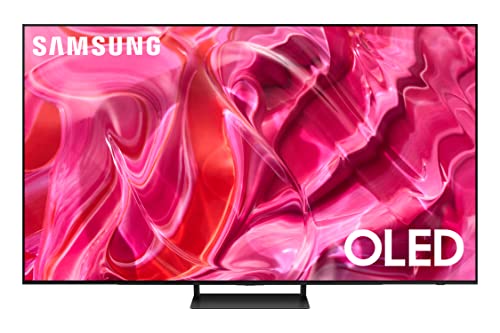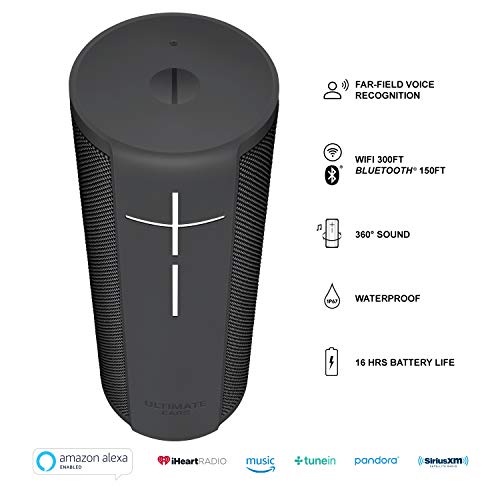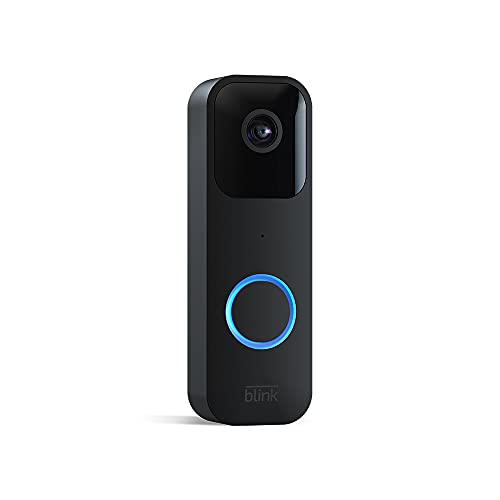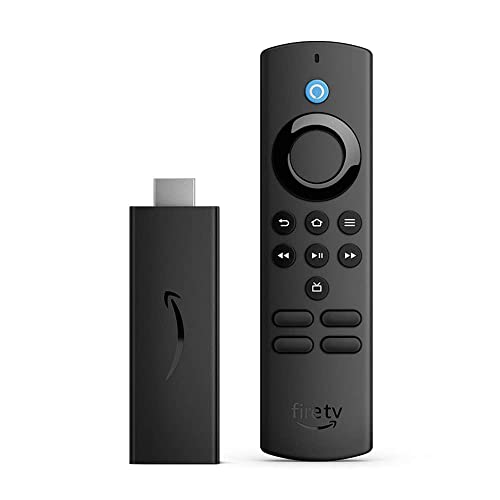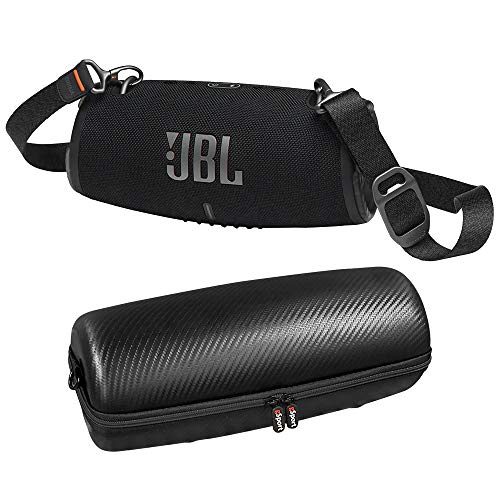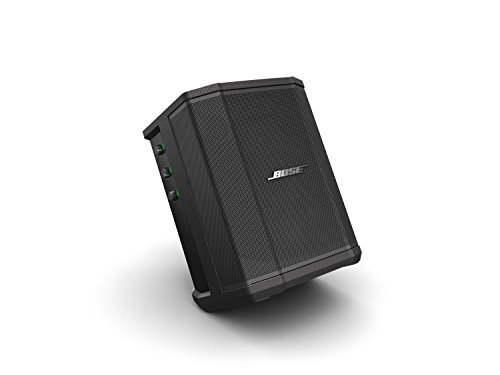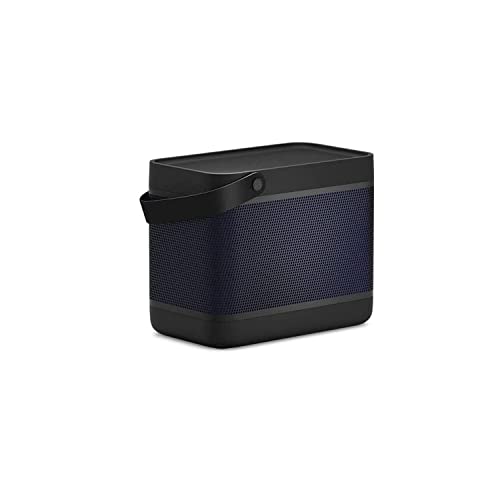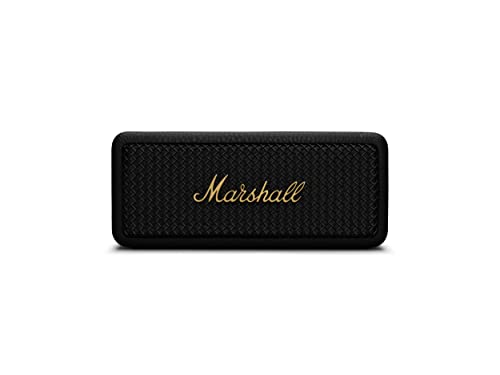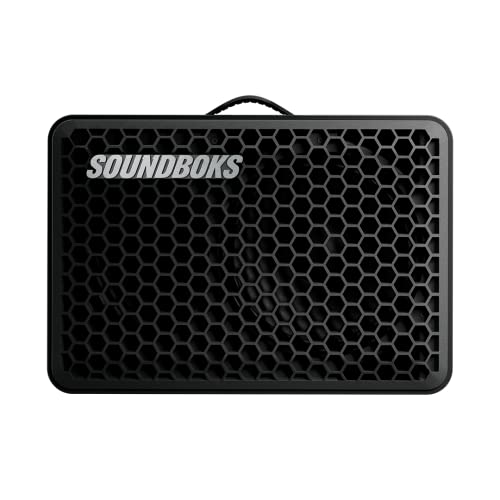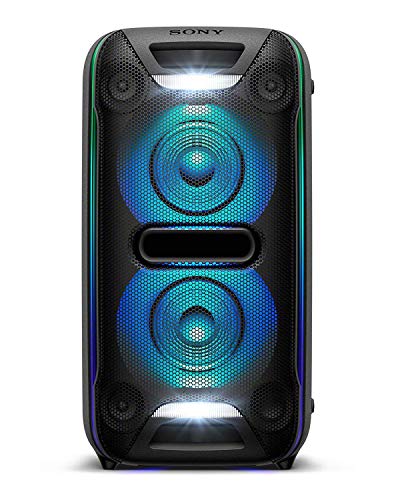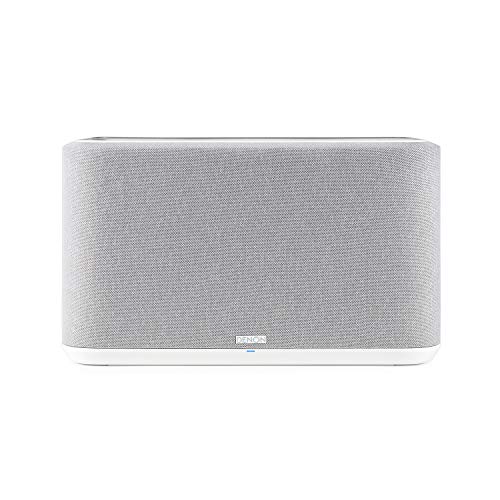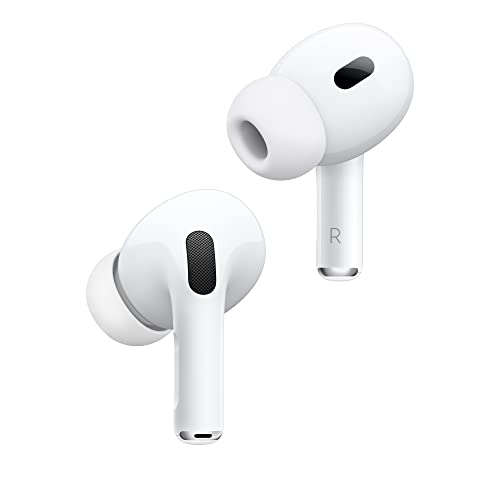The best home theater speakers can give any local cinema a run for their money by bringing an authentic movie theater experience to your home. Some of the best speakers have a modern design that incorporates wireless systems for a de-cluttered finish, while others deliver excellent performance and balanced sound with compact builds and tempting price points.
For a crystal-clear listening experience, you’ll want to ensure your speakers work in tandem to project amazing sound and cinema-quality bass response without overwhelming the mids and treble.
Keep reading our buying guide to understand what home theater speakers are, how they create a highly immersive soundstage at home, and what you should consider before purchasing them.
Top Home Theater Speakers
#1 Acoustic Audio AA5172 700W Bluetooth Home Theater Speakers
Award: TOP PICK
WHY WE LIKE IT: They allow for wireless playback thanks to Bluetooth connectivity and feature a USB and SD card reader for direct playback.
- Bluetooth connectivity for wireless audio streaming
- Integrated audio amplifier
- Has a USB and SD card reader for direct playback
- Build quality was not as impressive
This 5.1 channel Bluetooth Home Theater system from Acoustic Audio boasts six independent RCA inputs to create true Surround Sound audio and automatically converts stereo sound to 5.1 channel sound. It consists of three satellite speakers that each have a 6-foot wire and two other satellites that each have a 12-foot wire. The set also includes two RCA to RCA cables and one RCA to 3.5mm jack. Because it supports Bluetooth connectivity, owners will also be able to play audio content right from their phone to the home theater system. Unfortunately, some buyers were not very impressed with the speaker’s build quality.
The speaker system has a decent power rating of 700 Watts and is capable of a frequency response range of between 20Hz and 20kHz. It has an integrated audio amplifier and comes with a full-function remote for convenient control. Owners will also be able to play music directly from its USB/SD card reader and also connect to a stereo AUX input. The sound quality is pretty good, and the speakers are available in black, gold, or gray color choices.
#2 Polk Audio T50 150 Watt Home Theater Speakers
Award: HONORABLE MENTION
WHY WE LIKE IT: It supports modern surround sound system technologies and delivers excellent sound quality. It can be connected to other home theater systems and has pretty good looks.
- Can be easily connected to any home theater setup
- Furniture grade cabinet construction reduces resonance and distortion
- Supports modern sound technologies like Dolby and DTS Surround Sound
- No cables or cords included
The Polk Audio T50 is a floor-standing tower speaker with a 6.5-inch driver, two 6.5-inch bass radiators, and one 1-inch tweeter. Buyers have the option of purchasing a pair for a true stereo sound experience, but those who would want to experience a true home theater experience can go ahead and include the T30 center channel and two T15 bookshelf speakers as well as a subwoofer. Nonetheless, the T50 delivers high soars and a strong bass that gets felt across a room even at the lowest frequencies. Still, the speaker does not have the necessary wires to make easy connections.
The T50 has a power handling capacity of 150 Watts and an overall frequency response that ranges between 38Hz to 24kHz. It supports Dolby and DTS Surround sound technologies and will be able to connect easily to any home theater system. Polk’s proprietary Dynamic Balance technology ensures that the audio produced is top tier, and its furniture-grade MDF cabinet construction works well to reduce resonance and distortion. It has a speaker impedance of 8 Ohms.
#3 Klipsch Black Reference Home Theater Speakers
Award: BEST FOR COMPACT SIZE
WHY WE LIKE IT: They are very compact and have a keyhole mount and a threaded insert for easy mounting. The set has a down-firing subwoofer that handles low frequencies pretty well and aluminum tweeters for an impressive high-end response.
- Compact size
- Keyhole mount for easy wall hanging
- Light in weight
- Satellite speakers don’t have banana plug connector receptacles
The Klipsch 5.1 Surround sound system is a great pick for anyone who has a preference for small-sized speakers. It includes a set of four satellite speakers that all have 3.5-inch drivers and 0.75-inch size tweeters. They’re about 7.75 inches high and come with a center channel and a subwoofer with an 8-inch driver. Each speaker also features a keyhole mount and a threaded insert for easy hanging, but some may not appreciate that the satellite speakers do not have banana plug connector receptacles.
The speakers are engineered with Tractrix Horn Technology to deliver high-end responses, and the down-firing subwoofer handles low frequencies very well to produce a strong bass. Power handling is also pretty decent since each satellite is rated as 50 Watts (200 Watts peak) and the center as 75 Watts (300 Watts peak). They all have an impedance of 8 ohms, and as a set, the speakers are pretty lightweight since each speaker weighs 1 to 2 pounds, and the subwoofer averages about 10 pounds.
#4 Energy 5.1 Take Classic Home Theater Speakers
Award: BEST FOR MOVIES AND TV WATCHING
WHY WE LIKE IT: It is ideal for users who spend most of their time watching movies instead of listening to music. The speakers are also wall-mountable and have a sensitivity rating of up to 89dB.
- Great for TV and movie watching
- Wall mountable
- Powerful subwoofer
- Complaints about build quality
The Energy 5.1 Take Classic Home Theater System consists of a set of 4 black 2-way satellite speakers, one center channel, and a 200-watt subwoofer that is capable of delivering deep bass levels. The speakers have a high-gloss black finish and also have an aluminum dome tweeter for sonic accuracy. On the rear, they also feature a keyhole-style hanger and a threaded insert to allow for wall mounting and miniature 5-way binding posts. The center channel has dual front ports and features a high-quality black cloth grill. However, some previous users have complained about the speaker’s build quality.
The satellites and center channel can handle up to 100 watts of power, and its down-firing subwoofer has an 8-inch driver. The subwoofer has a frequency response of 33 to 150Hz and is not the lightest pick at around 20 pounds. As far as sound quality is concerned, the system seems to be more ideal for movie or TV watching than it is for music.
#5 Sony Z9F 3.1ch SoundBar Home Theater Speaker
Award: BEST FOR WIRELESS CONNECTIVITY
WHY WE LIKE IT: It supports Bluetooth connectivity and comes with a Chromecast built-in for seamless audio streaming. It can also be configured with either Amazon Alexa or Google Assistant and has many connectivity options.
- Wide range of connectivity options
- Comes with Chromecast built-in for wireless streaming
- Supports voice control through Alexa or Google Assistant
- No treble or bass adjustment options
The Sony Z9F is a premium soundbar that boasts seven different sound modes for enhanced movies, music, gaming, news, sport, and Bluetooth connectivity for wireless audio streaming. The soundbar is also 4K HDR compatible and also has built-in WiFi for Internet connectivity. This makes it possible for it to work with Internet-based apps such as Google Assistant and Alexa for voice control, and thanks to Sony’s Vertical Surround Engine technology, owners will be able to enjoy content delivered in audio formats such as Dolby Atmos and DTS:X. Still, some may not appreciate the lack of treble or bass adjustment options.
The soundbar delivers high-resolution audio so that owners can enjoy the studio-quality sound, and with an array of inputs that include three HDMI ports, an Ethernet connection, and a USB port, owners will have a wide variety of input options to choose from. The soundbar also comes with Chromecast built-in so that owners can stream music, online radio, and podcasts from their phone, tablet, or laptop.
#6 Monoprice 5.1 Channel Home Theater Speakers
Award: BEST FOR SURROUND SOUND
WHY WE LIKE IT: This set delivers an immersive surround sound experience, and since they also come with C mounting brackets, the speakers can be wall-mounted.
- Excellent surround sound delivery
- Decent build quality
- Comes with C brackets for easy mounting
- Reports about the auto-on switch being problematic
The Monoprice 5.1 channel Home Theater and satellite speakers are a premium-looking set that is ideal for an immersive surround sound experience. The set includes four satellites, an 8-inch powered subwoofer, and one center channel speaker. The speaker system is powered by a 60-watt amplifier for higher performance and will easily handle up to 125 watts of power. Its subwoofer also has two main controls: a volume knob and another knob that adjusts the crossover frequency. However, there have been some reports about the auto-on switch being problematic.
The sound quality produced by this set of speakers is also pretty good, and its center channel is particularly great for dialogue. The speaker set also comes with four C brackets for easy mounting. The center channel uses two 3-inch mid-range cones, and satellites use one 3-inch cone with a 0.5-inch tweeter. In terms of build quality, the speakers feel pretty solid, and they do a great job of producing all-around sound.
Beginner’s Guide to Home Theater Speakers
What are Home Theater Speakers?
The heart of a home theater lies in a set of multidirectional speakers that engulf you in a dome-shaped arena of immersive sound. Depending on your preferred home theater layout, you’ll have audiophile quality sound coming from different directions in your room. Home theater speakers generally consist of at least five individual speakers — two front, two rear channels, and a center channel — for a well-mastered home theater system that lets you dive into an incredibly realistic sound field.
Home Theater Speakers vs Stereo Speakers
While the speakers used in both home theaters and stereo systems compare almost evenly, there’s a huge distinguishing factor between the configuration of both their sound systems and the final audio output.
Home theater setups are an all-in-one system that split sound signals to different channels so that they come out through speakers in the front and rear end of your living space. Each speaker is assigned a highly specific role to reproduce accurate theater sound and a three-dimensional cinema-style sonic balance.
The best home stereo system, on the other hand, projects sound solely to two passive speakers in the front. As most music is recorded in stereo sound, musicians opt for top stereo speakers that get them closer to the source audio quality that produces the purest of sounds.
Surround sound for home theater systems comprises right and left front speakers, rear-end speakers, a subwoofer, and a separate AV receiver. Home theater enthusiasts even own a dedicated center channel to fine-tune the audio experience and boost dialogue clarity from an anchor point in the setup. You won’t find multi-directional speakers, subwoofers, and center speakers with stereo systems.
As you go up the price range, you’ll get more powerful speakers with a wide range of frequency response that projects deep rumbling sounds, crisp highs, and crystal clear movie dialogues for a balanced soundscape. Moreover, wireless speakers today give tough competition to even the most impressive wired sound systems by delivering minimal latency and an excellent range.
How Home Theater Speakers Work
Home theater speakers are part of a larger sound ecosystem and work in combination with other home theater elements for the perfect gaming and cinematic experience. With the help of an amplifier, every speaker in your digital surround sound works by picking up relevant sound information and audio inputs from the AV receiver.
Ultimately, the speakers’ role is to relay room-filling cinematic sound in different directions. The front pair of speakers reproduce ambient sounds and musical notes while the rear speakers, which are placed behind you, project the action-related effects for a completely immersive experience. Though subwoofers aren’t necessary for surround sound, they dramatically improve the soundstage depth while reproducing frequencies that other speakers tend to miss.
Speaker cables and RCA wires have slowly fallen by the wayside with the birth of wireless speakers, like the best JBL speakers. This new technology is especially beneficial for families with pets and small children, as there’s no risk of tripping over trailing wires. You also won’t have to worry about hiding your wires inside the walls and ruining the aesthetic appeal of your professional-looking home theater.
These days you get Dolby Atmos-enabled speakers that support smaller room layouts by projecting the same intense sounds with a compact speaker. So instead of large overhead and good in-ceiling speakers, you can experience sounds coming from above with upward-firing speakers.
Why You Should Buy Home Theater Speakers
Home theater Hi-Fi speakers are a popular choice among movie buffs and hardcore gamers who are looking to amp up their cinema-style viewing and gaming intensity. If you’re someone who hosts regular movie nights with friends and family, you’re surely going to love the bold cinematic punch and room-filling rumbles. Plus, gamers won’t have to deal with the skull-crushing clamping force of their headphones since the compact multi-directional speakers are perfectly capable of delivering precise sounds to hunt down enemies.
Are Home Theater Speakers Worth Buying?
- You Have Guests Over Frequently: You can turn your home into a hub for action-packed gaming sessions and movie nights with a home theater system that leaves your guests wanting more after every get-together. But, to minimize costs, you’ll want to give the best gaming speakers a try.
- You Want Relief From Ear Fatigue: Ear strain is a major concern among gaming enthusiasts and music producers who are constantly exposed to a wide range of frequencies. And budget audio systems further aggravate this problem by replacing sound details with booming volumes. However, a well-built audio system eliminates this audio issue so that you hear a full range of sound effects, even at reduced volumes.
- You’ve Recently Upgraded Your TV: High-performance audio setups go well with the latest TVs and gaming monitors. Upgraded technology allows for a seamless visual experience that complements the detailed sound reproduction of your new home theater system. Plus, gamers can opt for a Dolby Atmos-equipped compact surround sound speaker that perfectly matches the game’s fast-paced directional cues. Or, gamers might like the Klipsch Promedia 2.1.
Why Home Theater Speakers May Not Be for You
- You’re A Musical Purist: Though theater speaker systems will serve you well even if you just want to listen to music, they won’t get you any nearer to the pure notes recorded in stereo sound. Surround systems process the music and alter its underlying texture. So if you want to be faithful to every note and rhythm, you’ll do well with a stereo system.
- You Want A Decluttered Look: Many potential customers rule out surround sound speakers as they can make your room look cluttered, especially if you have a small room layout. But these days, you’ll often find minimal units comprising custom ceiling soffits, enclosures with an elegant design, and discrete components.
How Long Will Home Theater Speakers Last?
In any home theater setup, the speakers are lauded for their ability to stand the test of time. However, you’ll want to take other factors into account, such as the speaker brand, how often they’re used, and what environment they’re stored in.
Bookshelf speakers and robust floor-standing speakers can last for a good 15 years before showing signs of damage. High-end wireless home theater speaker systems, on the other hand, might have a shorter lifespan as their longevity depends on batteries, which have limited charging cycles.
To keep your speakers up and running for longer, it’s essential to fight the dust. Dust buildup can damage your speaker driver and infiltrate the wire connectors. You’ll want to clean your speakers with dust pads without damaging the cone drivers and tweeters for balanced sound. Make sure there’s proper ventilation to improve the audio quality and prolong your speaker’s life. Lastly, don’t forget to invest in a voltage regulator to protect your AV receiver against power surges, as that can damage every component in your unit.
How to Choose Home Theater Speakers
Now that you’ve decided a home theater speaker is a great way to enhance every movie screening at home, let’s look at some additional factors to consider before you arrive at your final purchase decision.
Best Home Theater Speakers Key Factors to Consider
1. Which Speakers Should You Buy?
The characteristics between speakers, your room’s acoustics, floor space, and how well they fit in your surround sound space should drive your ultimate preference. You’ll find options in the form of the bookshelf, floor-standing, wall-mounted, and in-ceiling speakers.
A bookshelf speaker pair is either placed on an entertainment center or mounted to the wall. These speakers are commonly found in most households because of their compact design that has 6.5-inch drivers. They’re used as the front and/or surround speakers.
As its name suggests, a floor-standing speaker is set on the ground and comes in various sizes, dictated by the diameter of the speaker drivers. Because you can’t attach them to a wall, these tower speakers are used as front speakers.
Wall-mounted speakers or in-wall speakers are a replica of bookshelf models, except they are more compact and always found attached to a wall. Sometimes, they can double as height channel speakers to widen the sound field beyond the horizontal dimensions.
If you want a complete professional and decluttered setup, an in-ceiling speaker is your best bet. They’re placed inside a speaker enclosure within a wall and barely take up any space. However, you may have to run in-wall cables, which can be a tedious process.
Lastly, you have two other vital components — a center speaker and a subwoofer.
A great center channel speaker reproduces most of the dialogue and soundtracks, and for it to function at its optimal capacity, it must be aligned with the front channels in terms of size. Otherwise, you’ll be dealing with inconsistent sound patterns across the front part of the room.
A powered subwoofer produces bass frequencies that the other channels can’t quite catch. For ground-shaking sounds, you’ll want to incorporate these larger subwoofer speakers in your unit. You can also opt for a wireless subwoofer to save the cost of wires and other installation costs.
2. How Is Your Room Shaped?
The general rule of thumb for a home theater space is that it should ideally be rectangular — approximately 6m long by 4.5m wide and with a high ceiling — to prevent sound waves from bouncing across one another.
The best shape for your surround sound speaker system is the golden trapagon. This cuboid has one shorter side compared to the other and allows the sounds to travel toward the listener correctly while softening the reverb and echo. You can also include bass traps and diffusers to prevent excessive sound reflection.
3. How Many Channels Does Your AV Receiver Have?
The AV Receiver channels determine the number of speakers you can attach to it. The most common formats are 5.1, 7.1, 7.2, and 9.2. While the first number stands for the normal speaker outputs, the second number denotes the external subwoofer outputs.
For example, a 7.1-channel system has seven different speaker channels and 1 subwoofer output. Keep in mind that it’s essential to purchase a recent A/V receiver since it’s difficult to pinpoint how much power each channel outputs.
4. Do You Want To Mix And Match Your Speakers?
Though you can technically mix and match your speakers when building a home theater, it’s not the wisest option. You may face disrupted dynamic ranges and, not to mention, additional configuration complications.
But if you go ahead with different brands, then ensure the speaker pairs that run horizontally (front, surround, and rear) are manufactured by the same company for a unified soundstage.
5. What’s Your Budget?
You’ll get budget soundbars that come at an affordable price of $100 and 5.1-channel surround sound (Atmos Speakers) priced under $500 in the lower spectrum. Though these offer big sounds in compact designs, you may not get as good a detailed range and bass response as offered by more expensive sets.
High-performance theater speaker packages with hefty subwoofers can cost anywhere between $1000-$2500 and deliver excellent sound quality that makes you feel like you’ve brought the cinema to your home. These speakers also include a range of input ports, a wide-scale sound field, and top-notch bass performance.

![Best Home Theater Speakers in [year] 1 best home theater speakers](https://www.gadgetreview.dev/wp-content/uploads/best-home-theater-speakers-image.jpg)


![Best Home Theater Speakers in [year] 2 Acoustic Audio AA5172 700W Bluetooth Home Theater 5.1...](https://m.media-amazon.com/images/I/41afoZUs+LL._SL160_.jpg)
![Best Home Theater Speakers in [year] 4 Polk Audio T50 Home Theater and Stereo Floor Standing...](https://m.media-amazon.com/images/I/31lmOq67VVL._SL160_.jpg)
![Best Home Theater Speakers in [year] 6 Energy 5.1 Take Classic Home Theater System (Set of...](https://m.media-amazon.com/images/I/41XvXkQp00L._SL160_.jpg)
![Best Home Theater Speakers in [year] 11 Our #3 Pick is the Klipsch Black Reference Home Theater Speakers](https://m.media-amazon.com/images/I/31xxTh63J4L._SL160_.jpg)
![Best Home Theater Speakers in [year] 13 Our #5 Pick is the Sony Z9F 3.1ch SoundBar Home Theater Speaker](https://m.media-amazon.com/images/I/31ZWzHmK0UL._SL160_.jpg)
![Best Home Theater Speakers in [year] 14 Our #6 Pick is the Monoprice 5.1 Channel Home Theater Speakers](https://m.media-amazon.com/images/I/41VC+L0HN7L._SL160_.jpg)


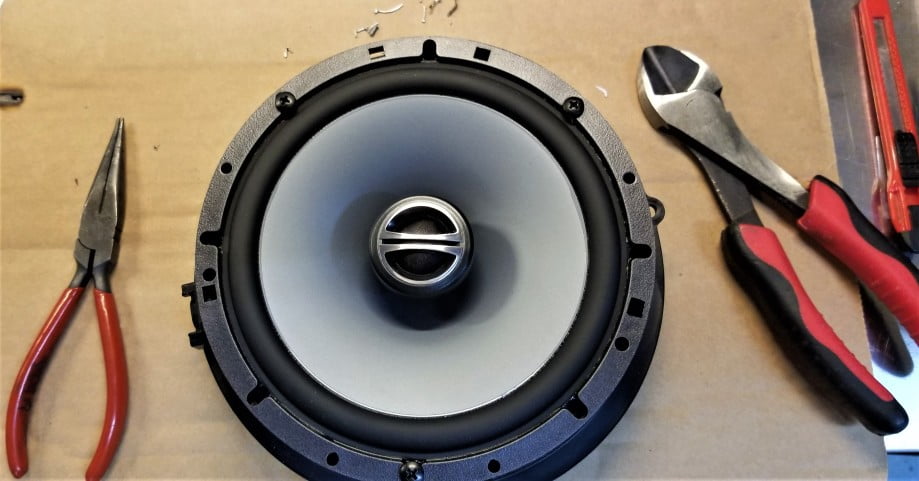
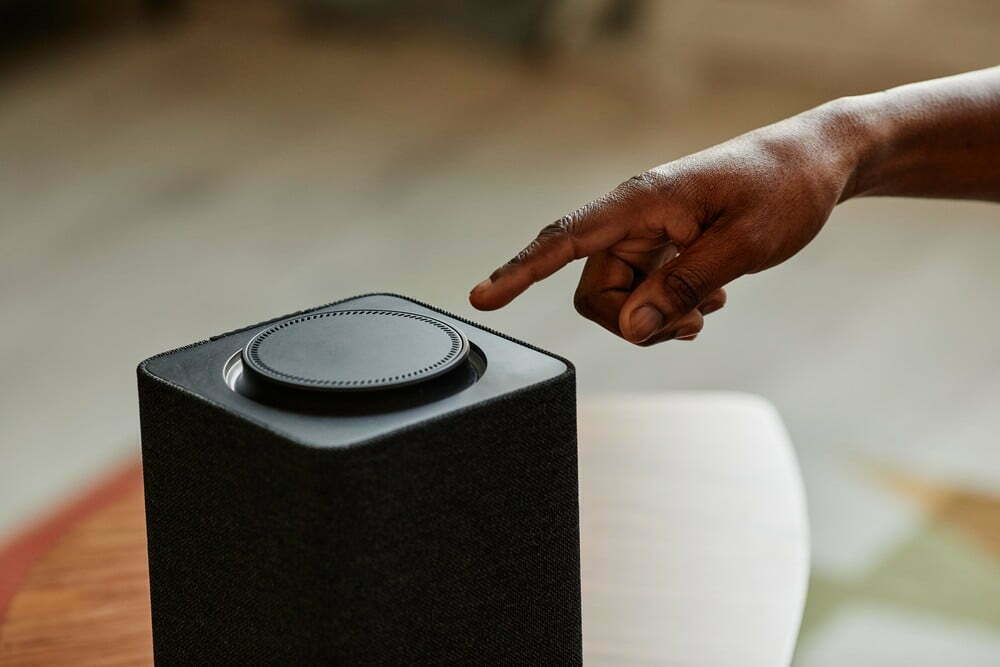
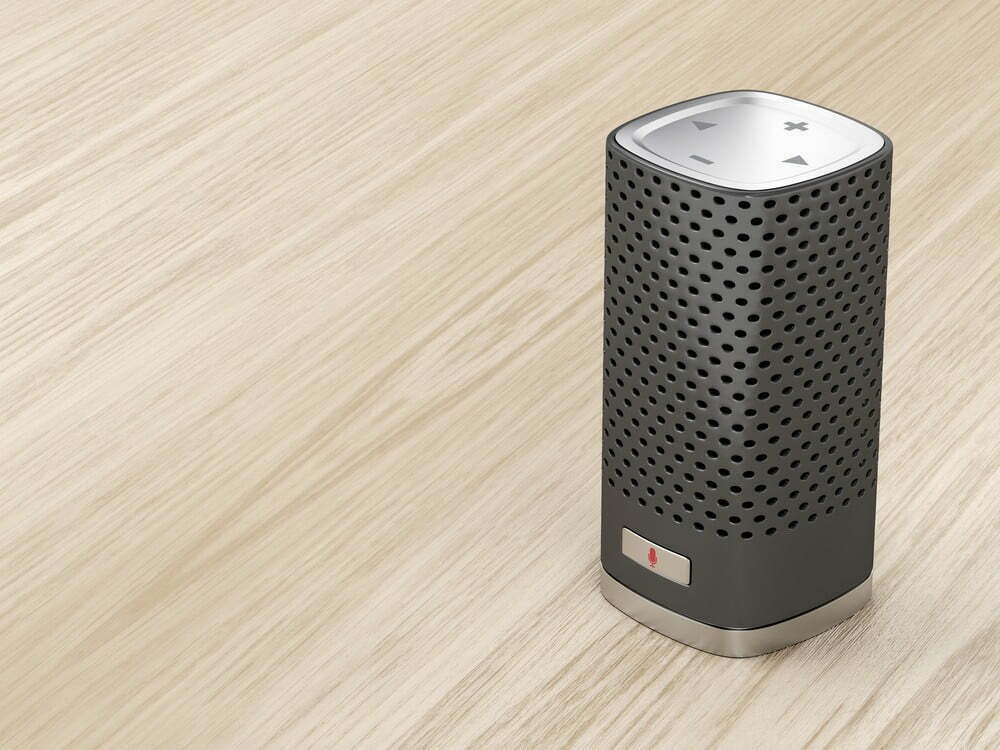
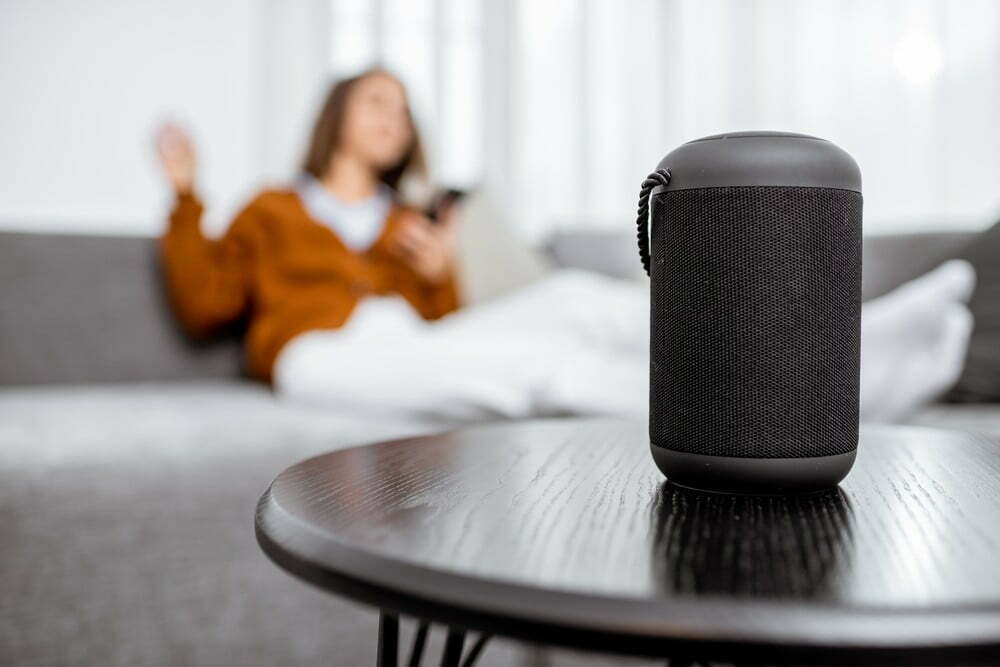

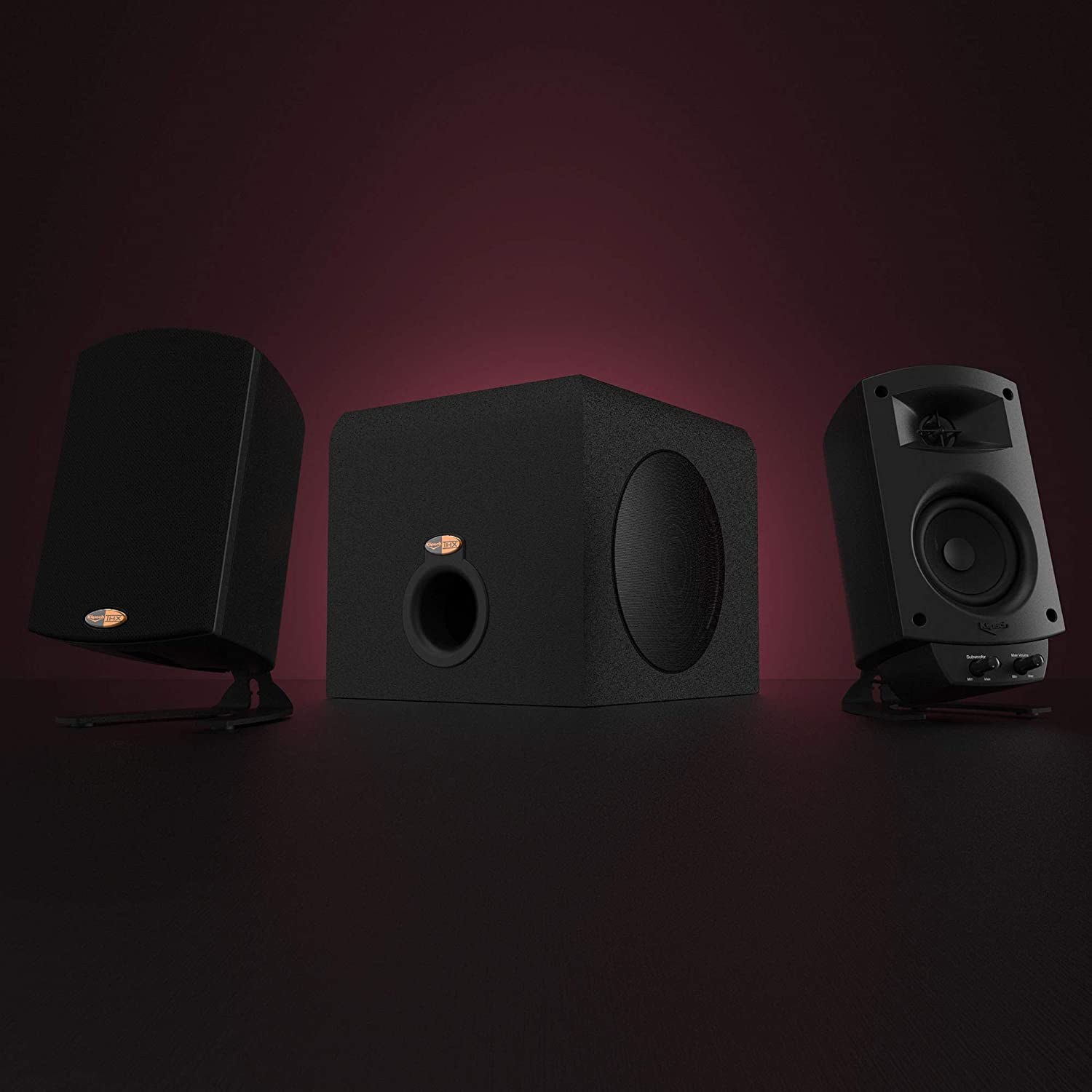
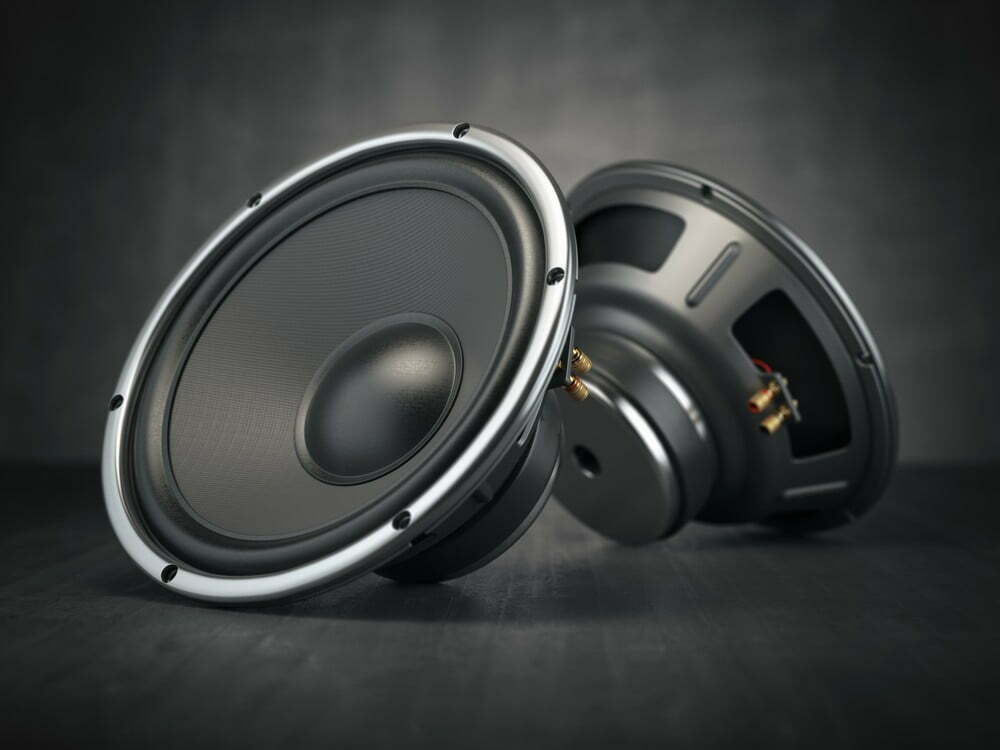
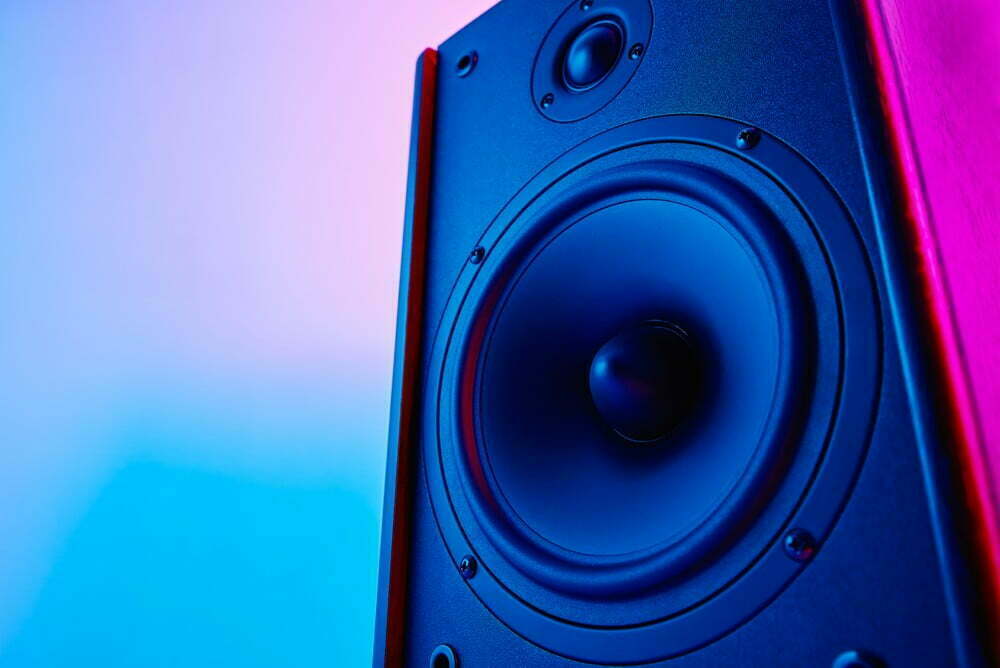
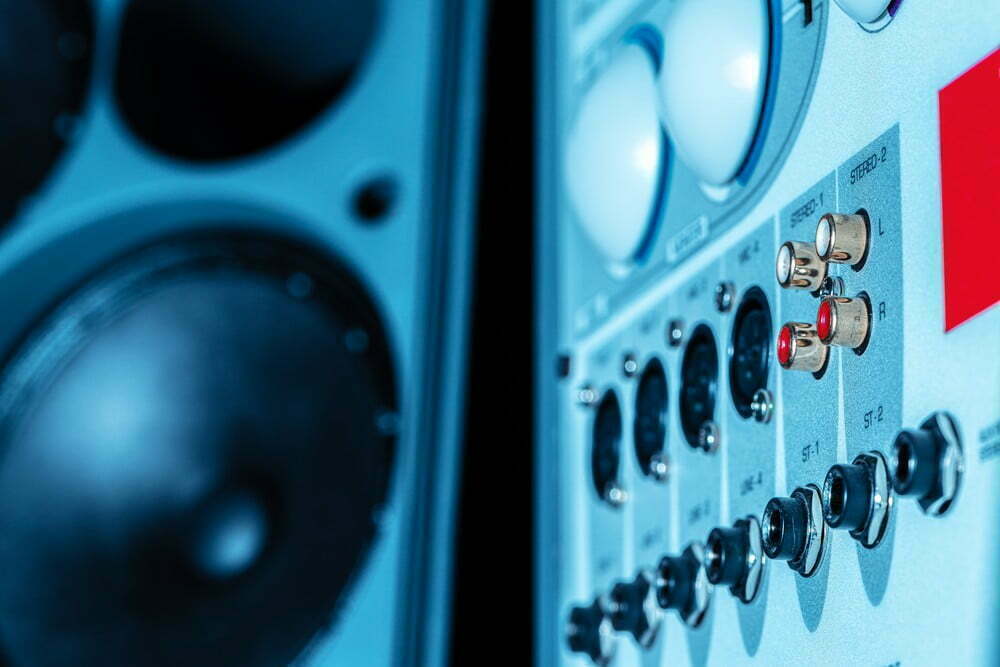

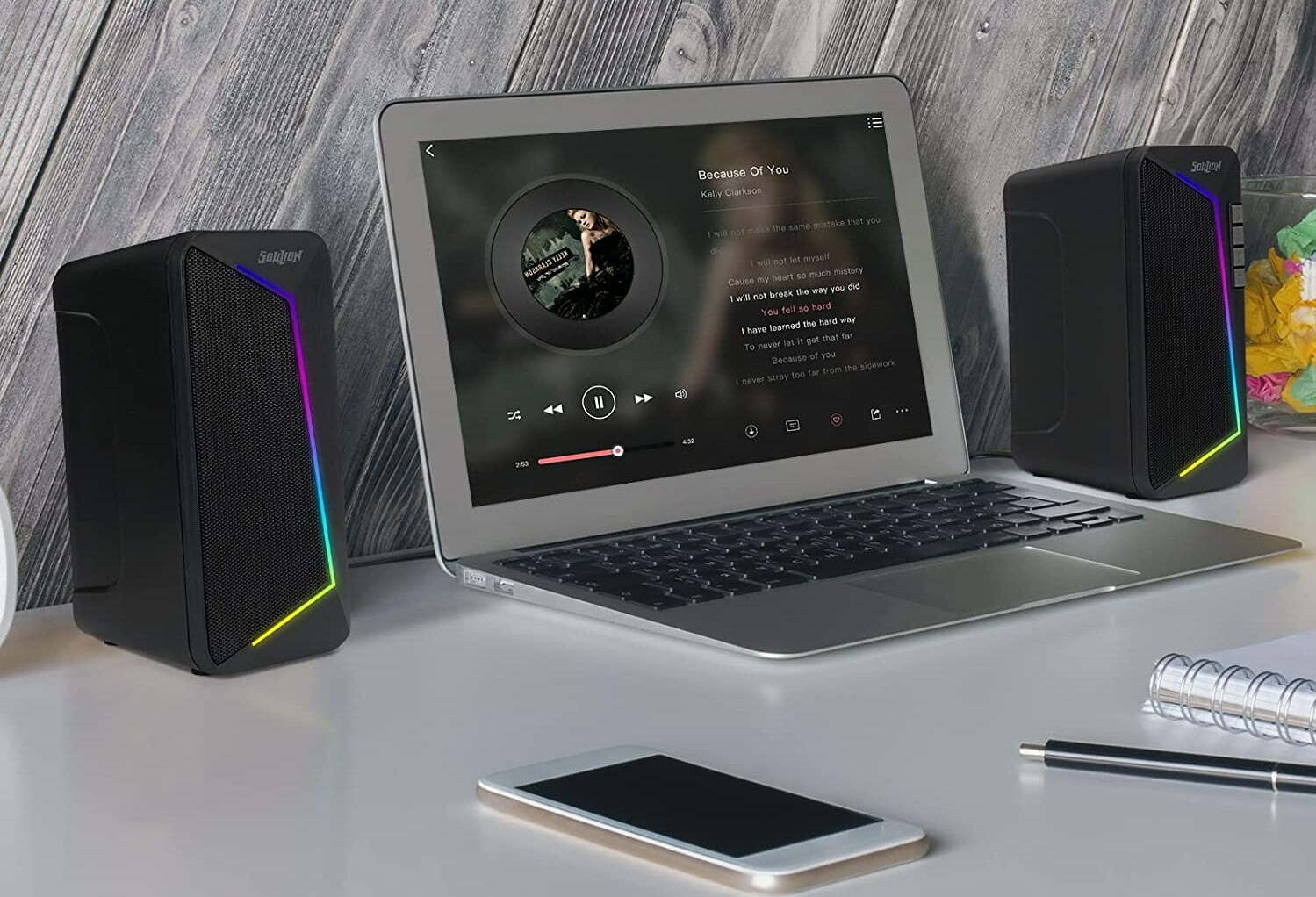
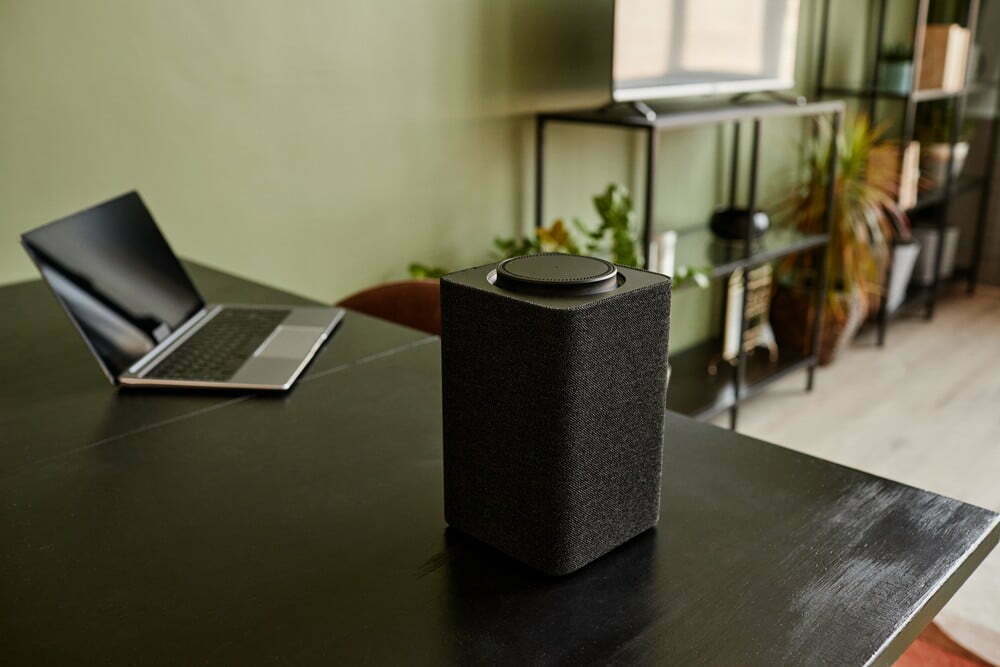

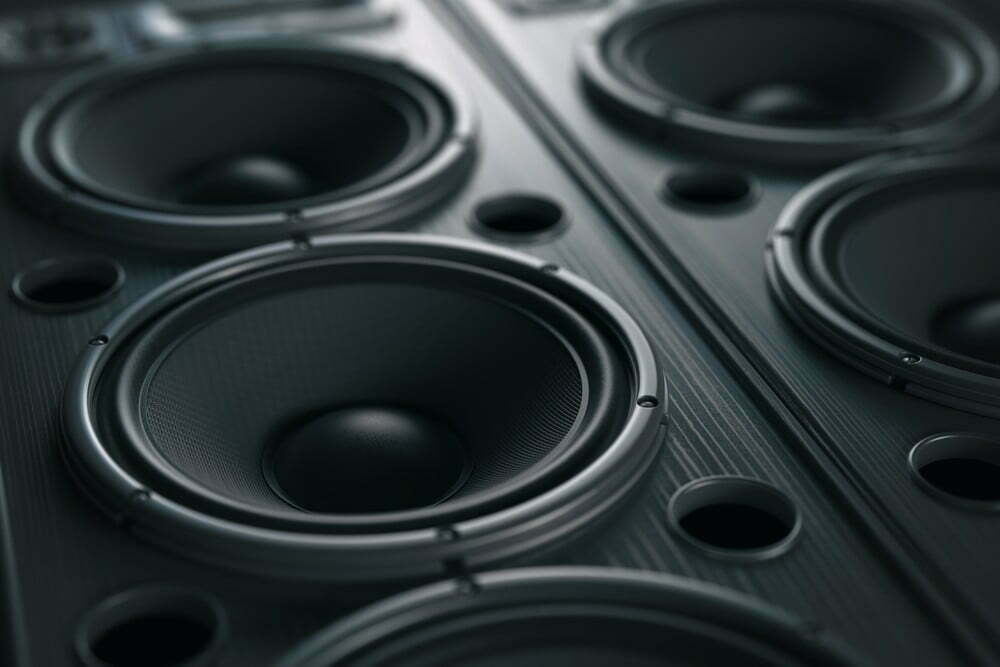
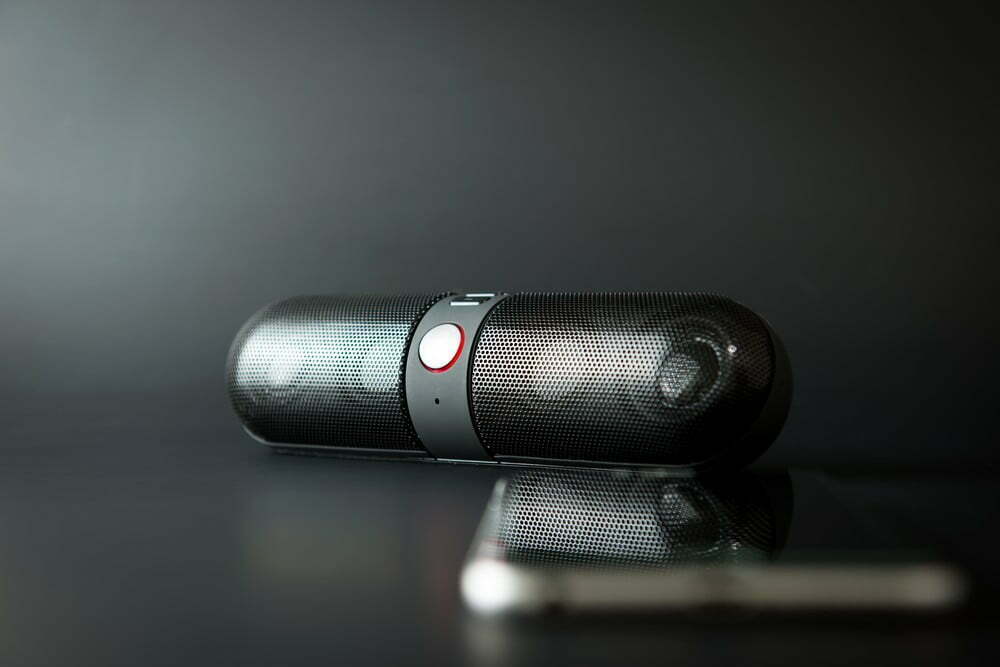
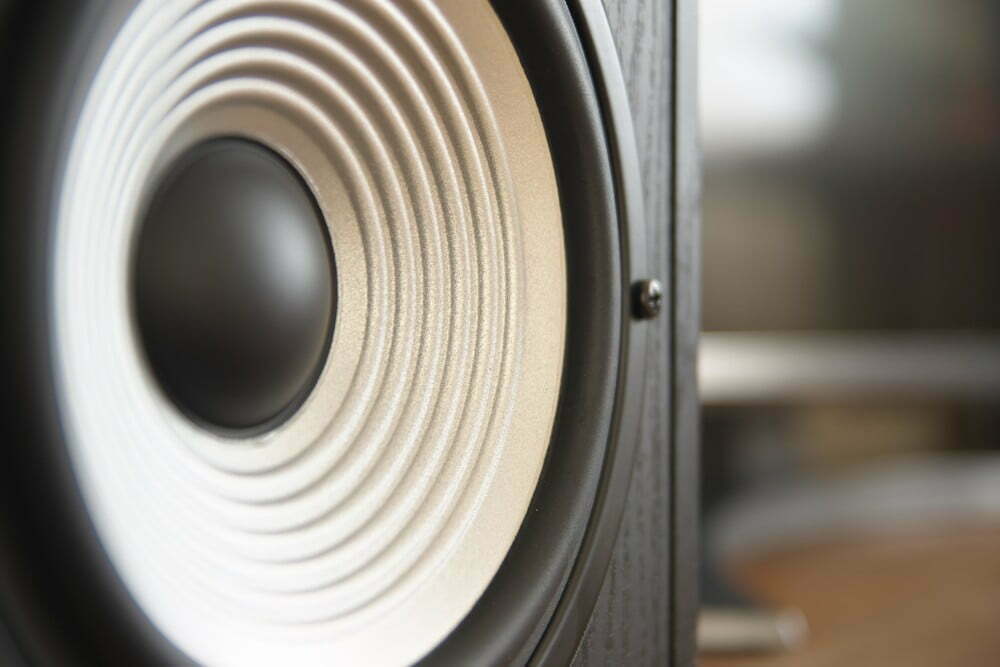
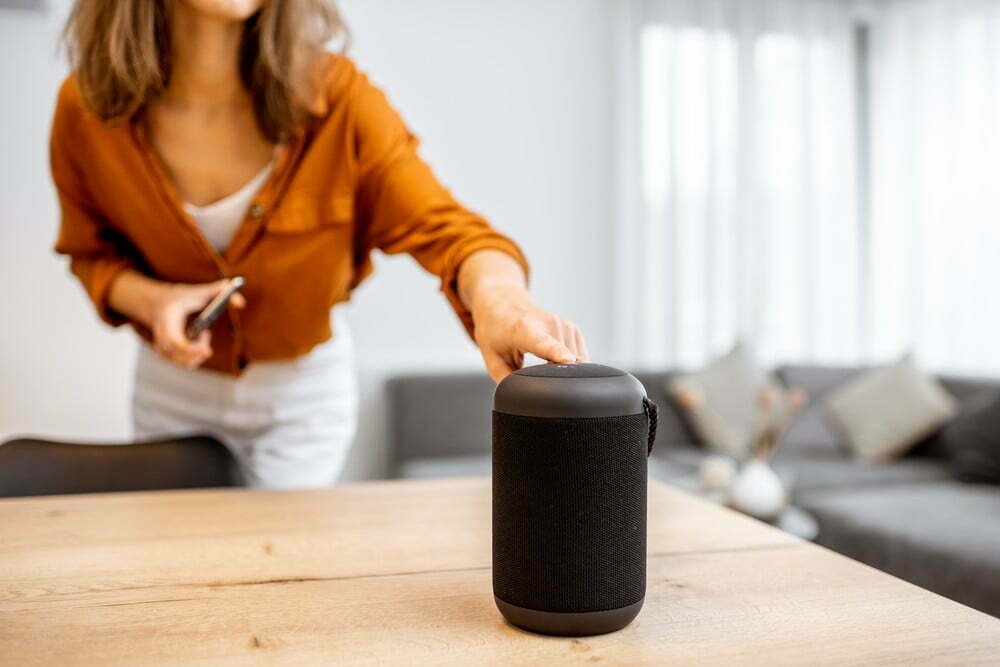
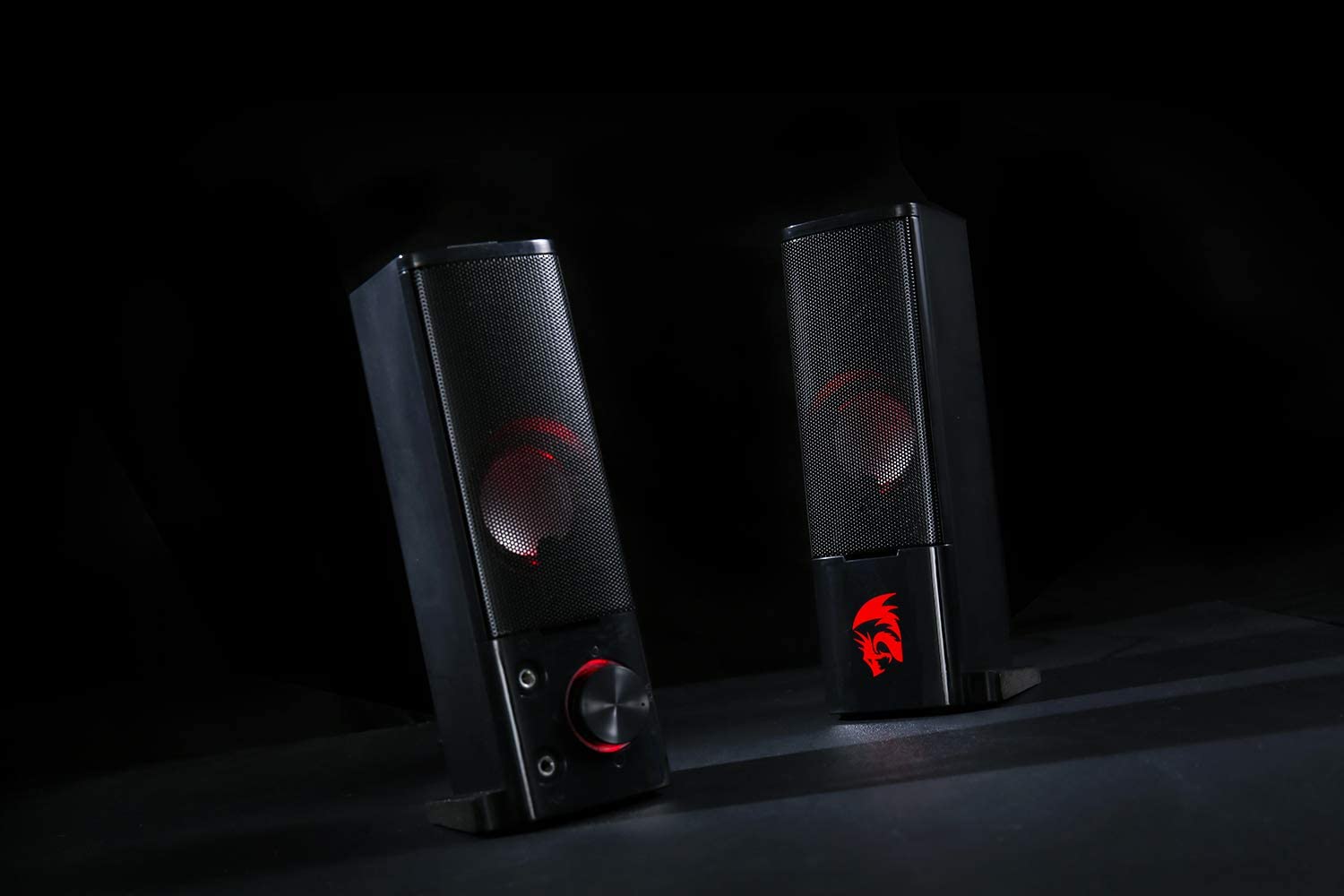
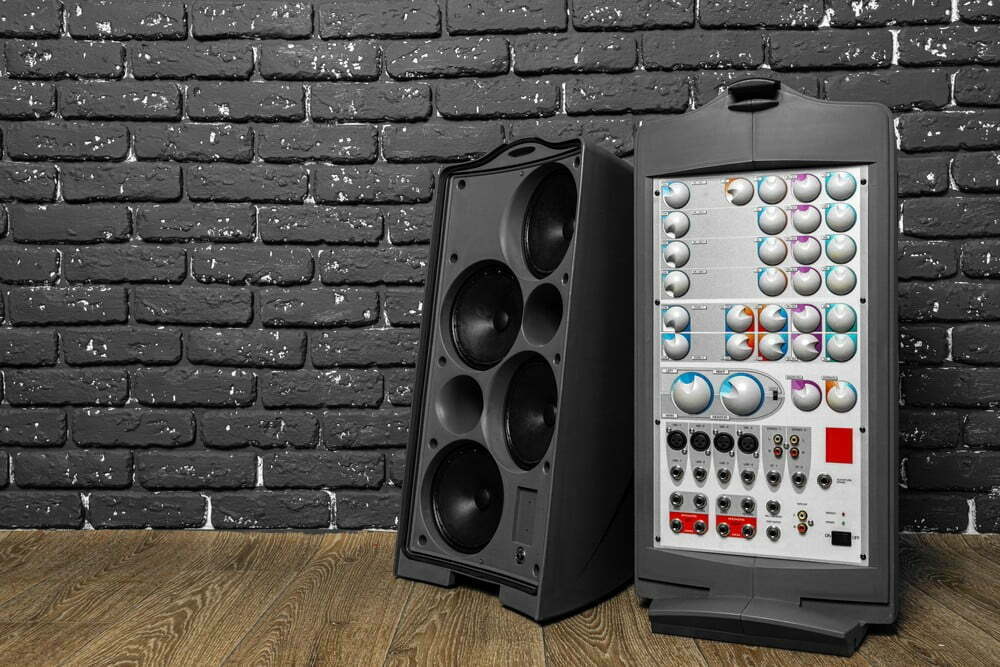
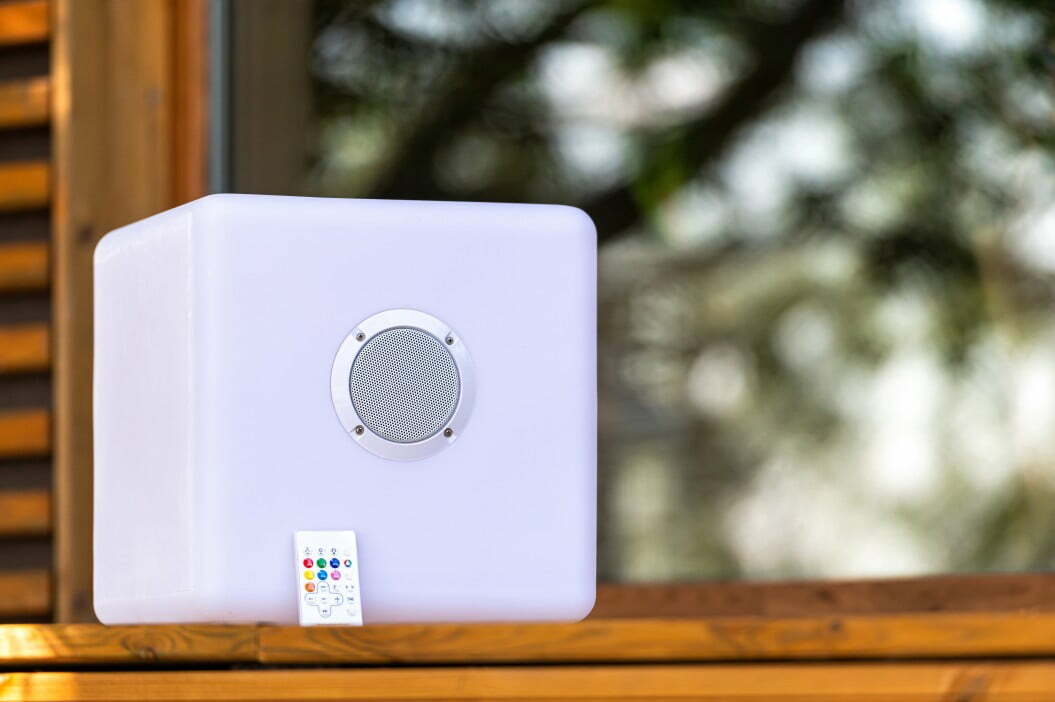
![Best Powered Speakers in [year] 36 Best Powered Speakers in 2026](https://www.gadgetreview.dev/wp-content/uploads/best-powered-speakers-image.jpg)
![Best Stereo Speakers in [year] 37 Best Stereo Speakers in 2026](https://www.gadgetreview.dev/wp-content/uploads/best-stereo-speakers-image.jpg)
![Best SoundBar in [year] ([month] Reviews) 38 Best SoundBar in 2026 (January Reviews)](https://www.gadgetreview.dev/wp-content/uploads/best-soundbar-image.jpg)
![Best Subwoofers in [year] ([month] Reviews) 39 Best Subwoofers in 2026 (January Reviews)](https://www.gadgetreview.dev/wp-content/uploads/best-subwoofer-image.jpg)
![Best TableTop Radio in [year] ([month] Reviews) 40 Best TableTop Radio in 2026 (January Reviews)](https://www.gadgetreview.dev/wp-content/uploads/best-tabletop-radios-image.jpg)
![Best 8 Inch Subwoofers in [year] 41 Best 8 Inch Subwoofers in 2026](https://www.gadgetreview.dev/wp-content/uploads/best-8-inch-subwoofer-image.jpg)
![Best Surround Sound Systems in [year] 42 Best Surround Sound Systems in 2026](https://www.gadgetreview.dev/wp-content/uploads/best-surround-sound-system-image.jpg)
![Best Laptop Speakers in [year] 43 Best Laptop Speakers in 2026](https://www.gadgetreview.dev/wp-content/uploads/best-laptop-speakers-image.jpg)
![Best Wireless Surround Sound Speakers in [year] 44 Best Wireless Surround Sound Speakers in 2026](https://www.gadgetreview.dev/wp-content/uploads/best-wireless-surround-sound-image.jpg)
![Best Bose Speakers in [year] 45 Best Bose Speakers in 2026](https://www.gadgetreview.dev/wp-content/uploads/best-bose-speakers-image.jpg)
![Best Home Stereo Systems in [year] 46 Best Home Stereo Systems in 2026](https://www.gadgetreview.dev/wp-content/uploads/best-home-stereo-system-image.jpg)
![Best WiFi Speakers in [year] 47 Best WiFi Speakers in 2026](https://www.gadgetreview.dev/wp-content/uploads/best-wifi-speakers-image.jpg)
![Best Wireless Home Theater Systems in [year] 48 Best Wireless Home Theater Systems in 2026](https://www.gadgetreview.dev/wp-content/uploads/best-wireless-home-theater-system-image.jpg)
![Best Party Speakers in [year] 49 Best Party Speakers in 2026](https://www.gadgetreview.dev/wp-content/uploads/best-party-speakers-image.jpg)
![Loudest Bluetooth Speakers in [year] 50 Loudest Bluetooth Speakers in 2026](https://www.gadgetreview.dev/wp-content/uploads/loudest-bluetooth-speaker-image.jpg)
![Best Car Speakers for Bass in [year] 51 Best Car Speakers for Bass in 2026](https://www.gadgetreview.dev/wp-content/uploads/best-car-speakers-for-bass-image.jpg)
![Best Marine Speakers in [year] 52 Best Marine Speakers in 2026](https://www.gadgetreview.dev/wp-content/uploads/best-marine-speakers-image.jpg)
![Best JBL Speakers in [year] 53 Best JBL Speakers in 2026](https://www.gadgetreview.dev/wp-content/uploads/best-jbl-speakers-image.jpg)
![Best Waterproof Speakers in [year] 55 Best Waterproof Speakers in 2026](https://www.gadgetreview.dev/wp-content/uploads/best-waterproof-speaker-image.jpg)

